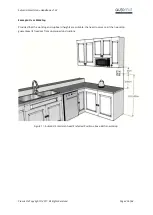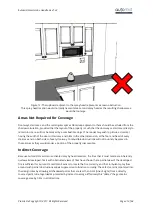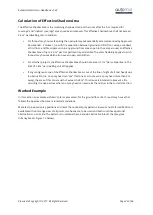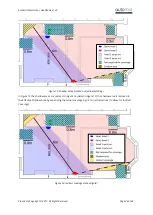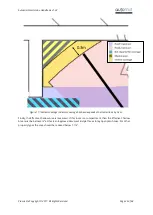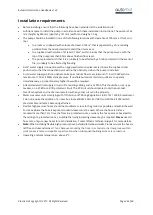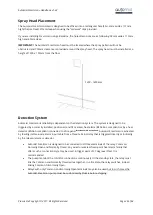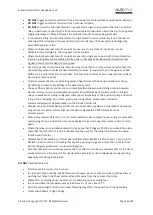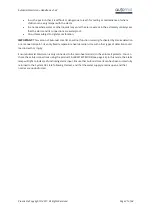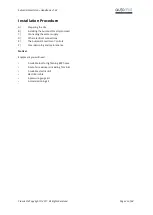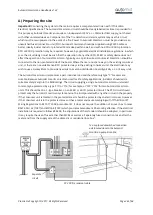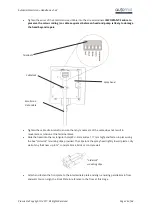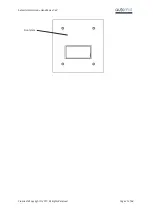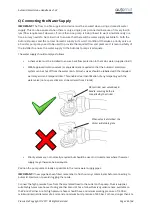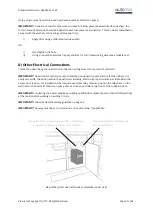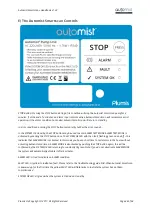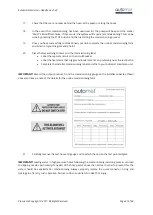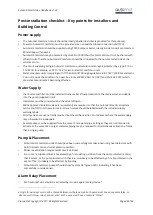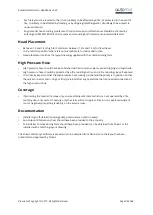
Automist Smartscan
®
Handbook v1.2.3
Plumis Ltd Copyright © 2017. All Rights Reserved.
Page 34 of 64
S MA RT SC AN
®
A) Preparing the site
Important!
Connecting the system to the mains requires a competent electrician with 17th Edition
Electrical Qualifications. The Automist Smartscan circuit should be clearly labelled (a sticker is provided for
this purpose). Automist Smartscan requires an independent 230V a.c. / 50Hz electrical supply, not shared
with other unrelated devices. Components of the fire detection and alarm system may use this circuit,
which must remain powered in the event of a fire. Power to Automist Smartscan must be provided via an
unswitched fused connection unit (FCU). Automist Smartscan should be supplied using FP200 cable or
better, ideally inside conduit or protected 50mm deep within a wall, and with no RCD or RCBO protection.
RCD or RCBO protection may be required, however, by applicable electrical installation regulations, in which
case the circuit design must be such that the operation of any other RCD, RCBO or safety device does not
affect the operation of Automist Smartscan. Typically, on a split-load board, Automist Smartscan should be
connected to the non-protected side of the board. Where there are no spare ways in the existing consumer
unit, or there are no available non-RCD protected ways in the existing consumer unit, the electrician may
wish to use a Henley Block to provide new tails to a second distribution board (typically a 2- or 4-way unit).
The Automist Smartscan unit presents a part-inductive load and therefore only t
ype “C”
breakers are
suitable. Because Automist Smartscan is often used for life safety applications, installers should add a
suitable safety margin to the MCB ratings. The circuit supplying a single Automist Smartscan unit would
commonly be protected by a type ‘C10’ or ‘
C
16’, for example, or ‘C20’ / ‘
C32
’ for two
Automist Smartscan
units. This should be on a C-type breaker, on an RCBO or a RCD protected circuit. The RCD circuit should
protect only the Automist Smartscan system and not be incorporated with any other circuit in the property.
If the consumer unit is located in the protected area it should be protected by an electrical cover. However,
if the consumer unit is in the protected area and has a metal enclosure complying with 17th Edition IET
Wiring Regulations to BS 7671 2008; Amendment 3, it does not require the addition of an over box to meet
BS476 Part 22 (1987) and EN1364 (1999) which pre-dates Amendment 3 becoming effective. If the electrical
installation is required to follow BS 8458, the stipulations of that standard should be adopted; in particular
it may require the use of fuses rather than MCBs as well as
a “separately fused connection taken after the
meter and from the supply side of the domestic or residential fuse box”.
13 amp fused unswitched connection
unit located close to the Automist
Smartscan pump’s location
FP 200 fire resistant cable
Separate
circuit

